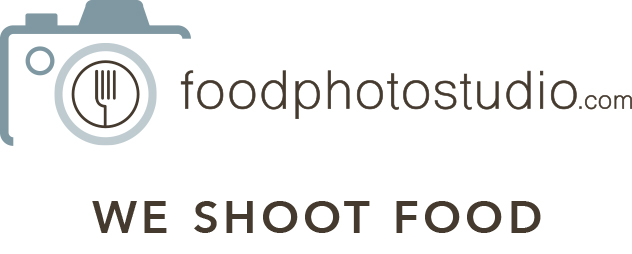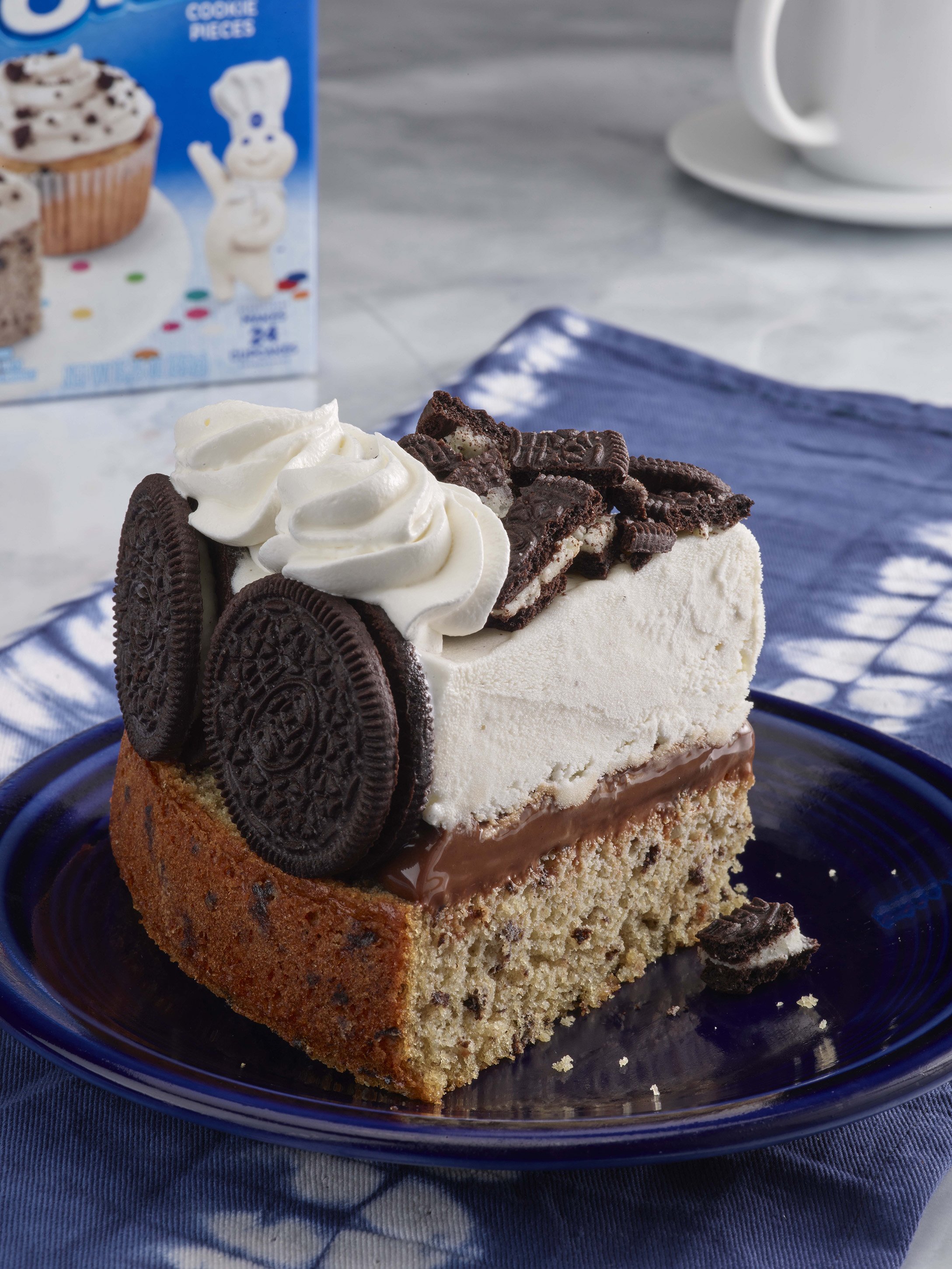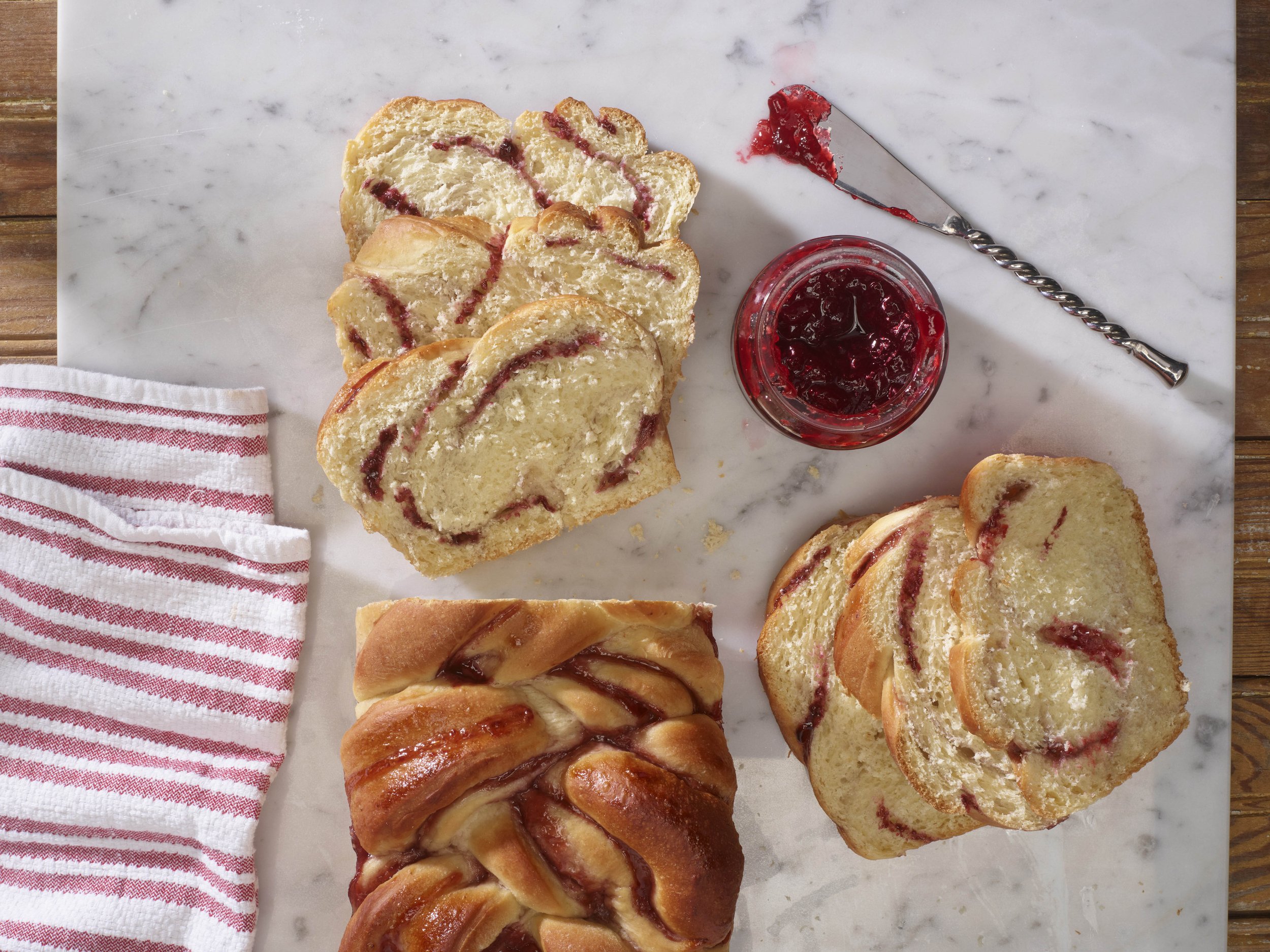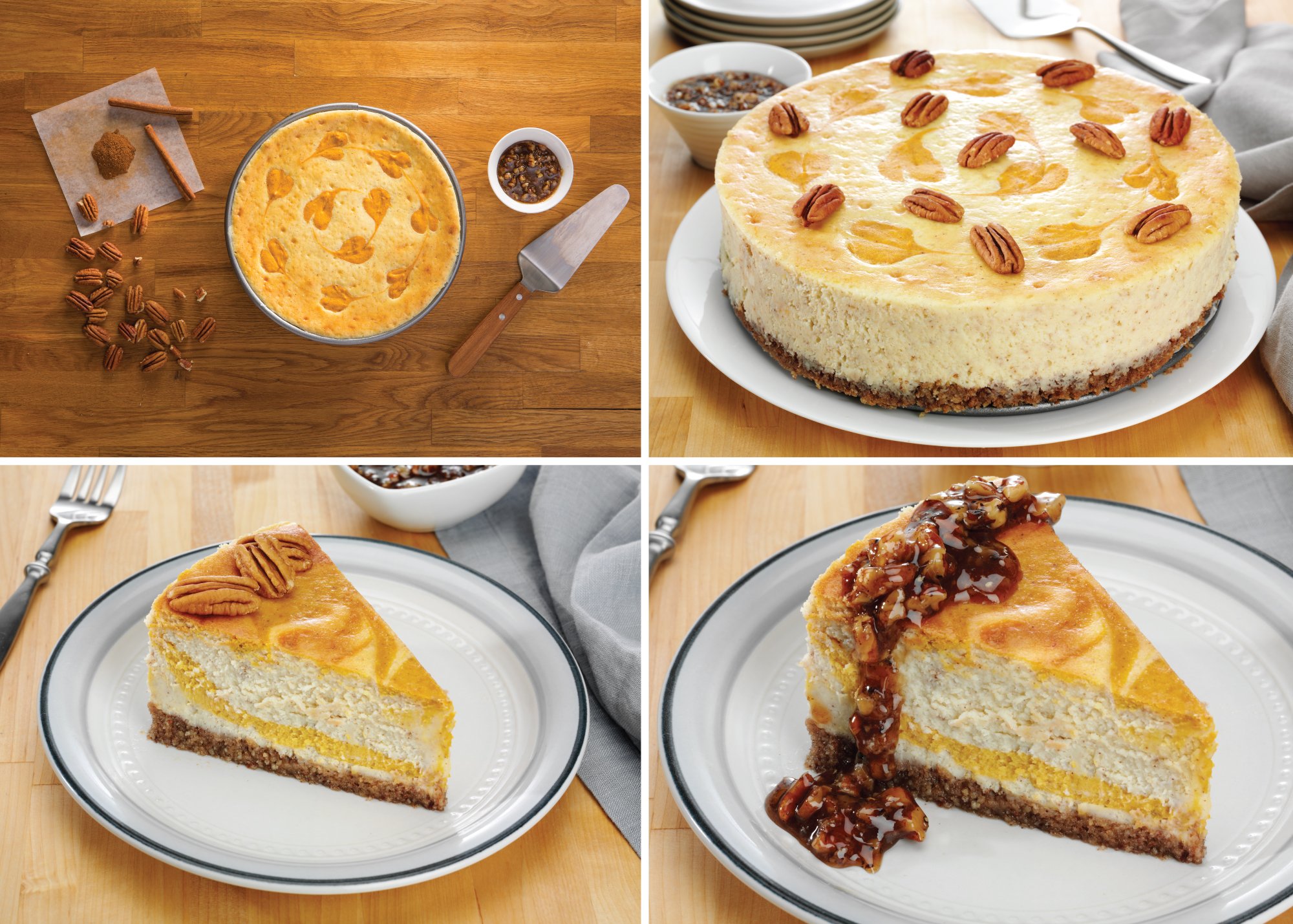Recipes are priceless content for food-related businesses and organizations. They help food companies connect with customers and spur sales.
If you’re wondering how to get a recipe created and photographed for your business, you’re in the right place. This post will explain the types of companies that hire recipe developers, the process of commissioning custom recipes for a food business in detail.
To provide answers about the process of hiring a recipe writer, we spoke to Beth Somers, a recipe developer and food stylist in the Chicago area. Beth has provided Food Photo Studio clients with many recipes, including those pictured throughout this post.
In our Q&A, Beth answers the top questions about how to commission a recipe for a food-related business.
How Food Companies Work with Recipe Developers: Everything You Need to Know
Q: Why do food-related businesses hire recipe developers?
Beth Somers: A company might want a recipe to include on the packaging for their product. Maybe you’re looking at a sheet pan in the store, and it has a label with a cookie recipe on it. The recipe makes you want to buy the pan and make the cookies.
Recipes are a really good asset for companies to have — and continually refresh. It’s another way to engage with people at home. It’s a way to get people to think about their products a little differently.
Funfetti® OREO® ice cream cake, developed for Pillsbury Baking by Beth Somers (recipe)
Q: What types of food-related companies commission recipes?
Somers: The bulk of my recipe-writing experience is with consumer packaged good companies. These companies make single-ingredient food products (flour), convenience products (cake mix), as well as non-food products (aluminum foil, plastic wrap). They see the value in providing recipes to their customers, so they will be inspired to buy their product or use more of it.
Another category of client that often wants recipes are companies that make housewares, such as appliances, pots and pans, baking dishes, or other cookware.
Food industry-supported organizations also commonly commission recipes. Food-specific councils, boards, and associations exist to support their industry by promoting a specific food, and recipes are a common way to do it.
And I don’t personally do this type of work, but sometimes celebrities or restaurant chefs will hire a recipe developer to ghost write a cookbook for them. They may be amazingly talented but need help collecting the recipes or translating their recipes into the way someone would prepare them at home. For restaurant chefs in particular, a ghostwriter can help them scale recipes down, find substitutions for difficult-to-find ingredients, and check timing on regular appliances versus restaurant grade equipment.
Q: Do clients tell you specific recipes to create, or do you suggest the recipe ideas?
Somers: It can go either way. Sometimes the idea originates with the client, and sometimes it starts with me.
Sometimes a client (or a client’s agency) provides the exact recipe idea, and asks me to figure it out. I’m happy to do that.
Other times, slightly more often, there’s not a definite concept in mind. Maybe there’s just a specific product that needs to be used. So I’ll receive instructions along the lines of: “We’d like a fall recipe that’s based on this product.”
In those cases, I’ll provide a couple of ideas and we’ll narrow them down together. It’s a very collaborative process.
Raspberry swirl loaf, developed for Pillsbury Baking by Beth Somers (recipe)
How do you decide how easy or difficult to make a recipe?
Somers: The client’s target market determines how complex I make the recipe, in terms of time investment and number of ingredients. Companies selling convenience products to busy folks typically want simpler recipes. But sometimes a client doesn’t want it to be simple. Companies selling specialized ingredients and equipment (say, for serious foodies) might prefer more complexity.
If difficulty level is important to the client, we consider right at the ideation phase.
What are the steps involved in developing a recipe for a photo shoot?
Somers: There are several phases leading up to the photography, including brainstorming, testing, and client reviews. The recipes don’t just look good in photographs — they are tested meticulously to work well and taste good!
Step 1: Recipe concepting/ideation
This is the brainstorming phase, where I develop possible recipe concepts and put them into a presentation deck with sample images for inspiration. I present these ideas to the client and based on their feedback, I will adjust the ideas or come up with new ideas. There can be a lot of back and forth before the client approves. We make sure everything is in a good place before I start any kitchen work.
Step 2: Initial recipe testing
Here’s where I start to cook or bake the recipe that we’ve ideated together. I take copious notes for each test, on timing and results. I get the recipe to a point where I think it tastes really good and works well. That can take any number of tests — sometimes once or twice, sometimes five or six times. It’s all part of the process.
Step 3: Client recipe review
Once I get the recipe to a point where I think it’s good, I send the client a basic photo (taken with my phone) of the prepared item. They can deliver initial feedback on that photo. If it doesn’t match the expectations they had — maybe they thought it would be a different color, or a different size — I adjust the recipe as needed.
Step 4: Second round recipe testing
After the client approves the recipe, I prepare it twice more. This is to make sure everything turns out exactly the same each time. During these retests, I start typing up the recipe from my handwritten notes, adding any new details needed. Then I give the recipe document a final proofread and send it to the client.
Step 5: Photo shoot day!
Sometimes I’m asked to participate in the photo shoot of the recipe. There can be advantages to having your recipe developer also be your food stylist: I’m already familiar with the recipe, the client’s product, and the client themselves. Depending on the dish and the timing, sometimes the versions from my kitchen hold up well enough to be used in the shoot!
Funfetti biscotti, developed for Pillsbury Baking by Beth Somers (recipe)
Q: How do clients typically find recipe developers like you?
Somers: It’s a lot of word of mouth. Most of my clients (75%) find me through their creative agencies, and others come through photographers.
Q: What’s included in a custom recipe for a food business?
Somers: The package includes a fully written (and tested) recipe. It would look just like a recipe in a cookbook. Recipes provide weights, measures, and times — in other words, the complete method of how to make the product, and how much time it takes. I will have tested the recipe several times and it will taste great. (In other words, it’s not just something slapped together to look good in the photo shoot!)
For clients, the recipe becomes an asset as much as the photo that’s associated with it.
Q: How long does it take to create a recipe?
Somers: It’s highly variable, depending on the dish. In general, it takes longer to develop recipes for baked items than recipes for cooked items. Baking recipes can have a lot of steps: combining ingredients, baking, cooling, assembly, and decoration. The components for cooking recipes tend to come together faster. That means I’m able to test them more times in a day.
In addition to the hands-on development time, there’s the time it takes to shop for ingredients. If I’m writing a recipe for a product that’s not yet on the market, I have to wait for it to ship from the client. Client reviews and revisions take time, too.
I always start with the deadline the client needs to hit and work backwards from there.
Beth Somers is a recipe developer and food stylist in the Chicago area. Connect with her on Instagram or at her website, Beth Somers Food.

















